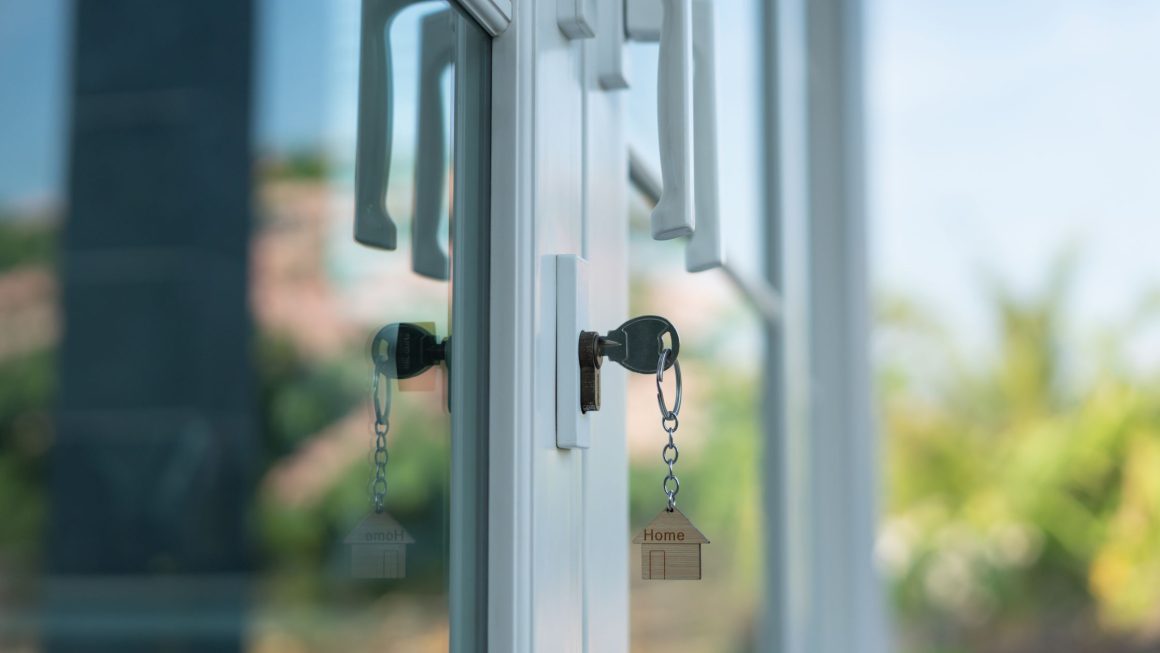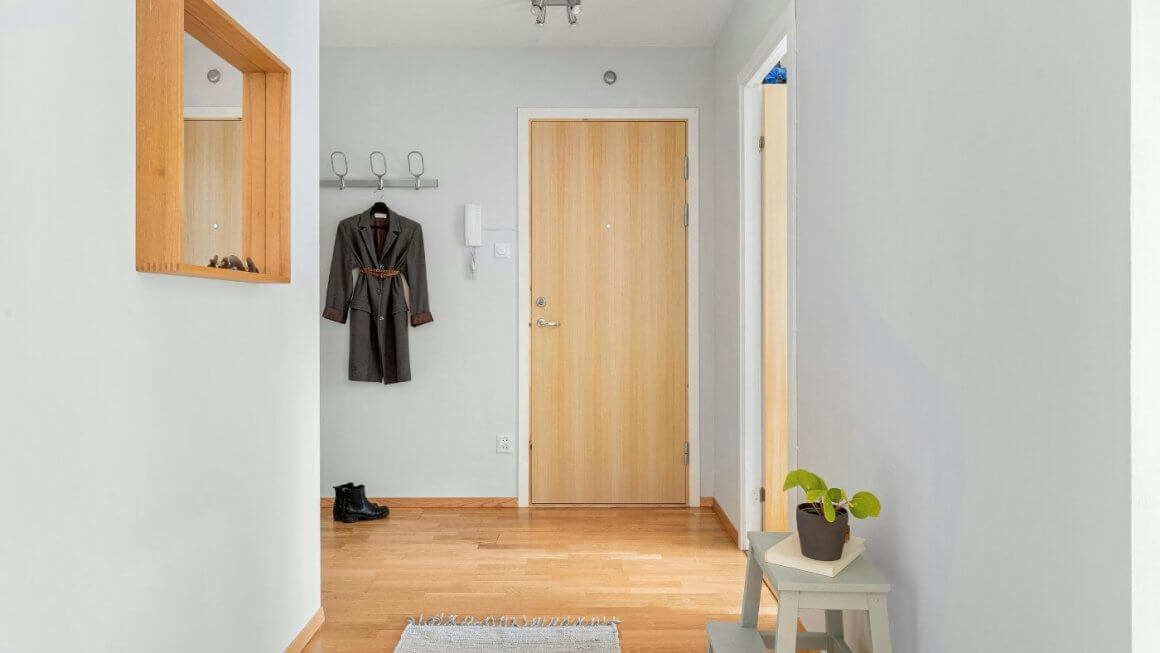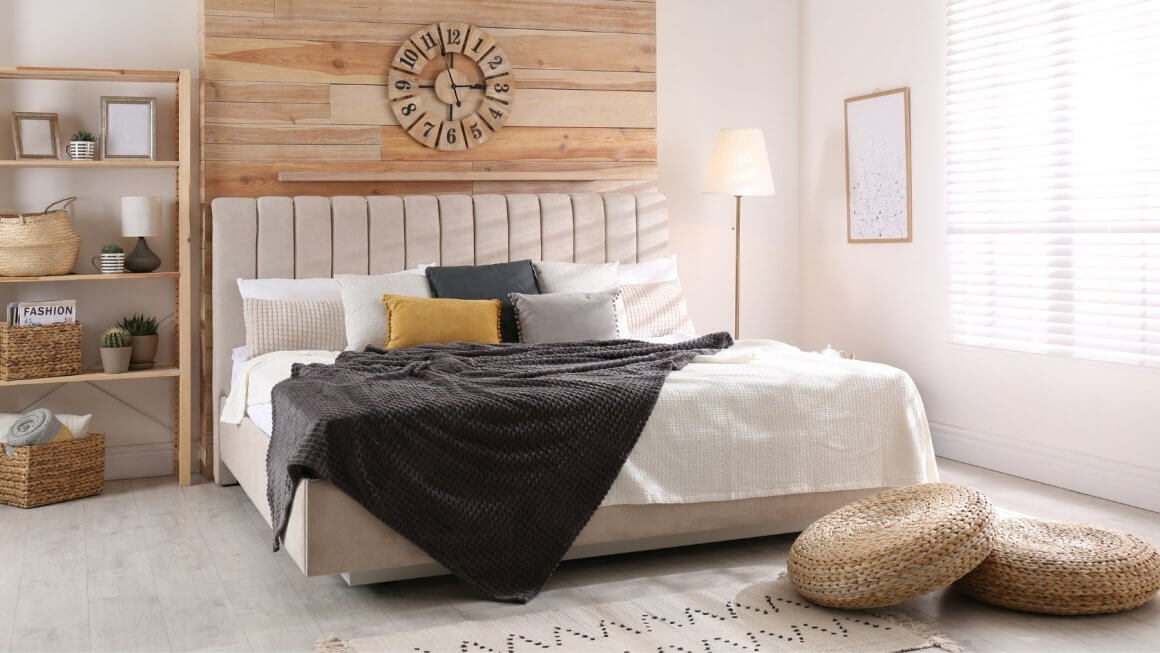uPVC doors, common in modern homes, offer great security. But sometimes, keys get lost, locks wear down or you simply want to upgrade. So, can you change uPVC door locks yourself? Yes! Changing a uPVC lock is an easy job achievable with the right tools and know-how. Let’s set up and get started…
How to Change uPVC Door Locks
Before You Begin
Safety First
Ensure the door is propped open or secured safely so the procedure is completed without the door closing between the procedure.
Gather Your Arsenal
You’ll need a Phillips head Screwdriver, a new lock cylinder (matching your existing key system or a new one if desired) and a spare key for the new cylinder (if applicable).
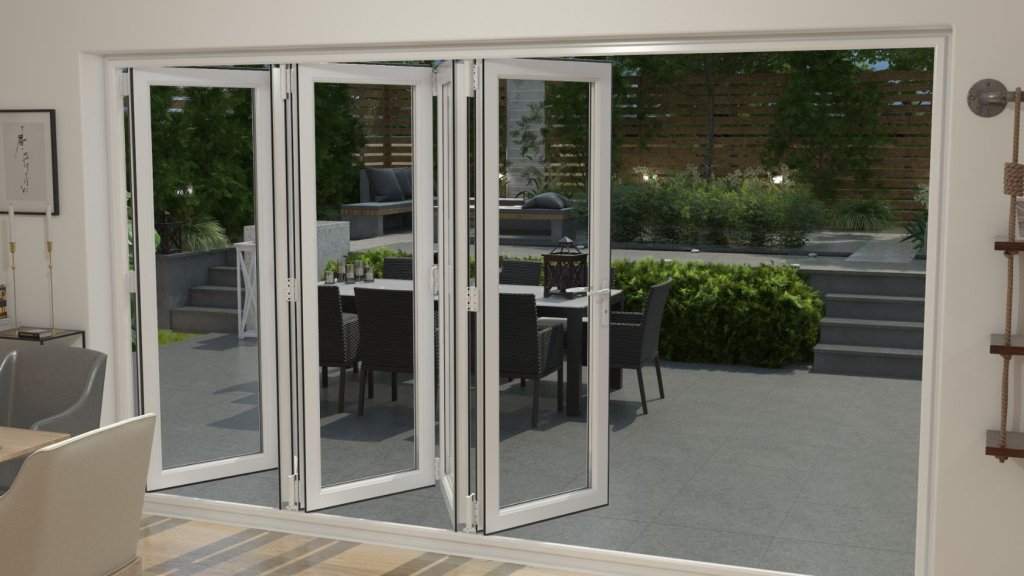
Remove Old uPVC Door Lock
Handle Removal
Unscrew the screws on the interior handle, allowing both handles to be removed together. Some handles might have hidden screws under decorative caps.
Taking extra care
Once you’ve removed the screws, both the outer handle and the interior handle will slide out together. Make sure you do this slowly and keep hold of both outer and interior handles as you remove them. You don’t want to lose or damage any pieces in case they are needed again in the future
Locating the Lock Screw
Locate the lock barrel screw which is underneath your door lock and usually stands out from the locking mechanism of the screws of the door as it’s a different colour.
Unscrew and Release
Unscrew this lock cylinder screw completely. With the key turned in the lock (if possible), gently pull the cylinder out from the outside.

Install New uPVC Lock
Cylinder in Place
Insert the new cylinder from the outside, ensuring it aligns properly.
Key Test
The new door cylinder should fit perfectly into the space from where you removed the old one. Insert the key into the new door lock and push the cylinder into the space in the door.
Turn the key until the lock cam is flush with the cylinder. This is the reverse of the process you followed to remove the old door cylinder.
Screw Secured
Tighten the lock cylinder screw using your screwdriver.
Handle Reattachment
Reattach the door handles by inserting the spindle through the handles and screwing them back into place on the inside of the door.
Double-check that the lock functions flawlessly from both sides of the door. If everything works smoothly, you’ve successfully replaced your uPVC door lock.
Change Lock in uPVC Door
Essential Tips
Measure Up
When buying a new cylinder, take note of the length of your current one. New cylinders come in various sizes.
Going Solo?
If you’re tackling this alone, consider placing a piece of tape on the door frame to catch the cylinder as you remove it.
Expert Help
If you’re unsure about any step or have a more complex lock system, consider consulting a professional locksmith.
New keys
Don’t forget to replace old door keys with new ones. This is particularly important if you’ve changed the locks on a uPVC front door.
Why is my uPVC door not locking properly?
Most UPVC doors come with a single “euro-cylinder” lock, and a strip lock or multipoint lock that secures the entire door.
After continued use, you may find that the uPVC door lock mechanism is broken or sticking. There are many reasons why a cylinder might break or a multi-point lock might need servicing. For example:
| Hinge issues | If your door drops on its hinges, the locking hooks and bolts on the lock side won’t fit into the keeps on the frame. |
| Drooping uPVC locks | When the door starts drooping, many homeowners force their doors to lock by lifting the handles to force the hooks into the keeps, causing further damage. |
| Wear and tear | Over time, manhandling the door handle causes the lock to fail. The locks cam and spindle can become cracked and damaged. |
If your lock is seizing up or clearly already broken, the good news is that you can replace it yourself without too much difficulty. You don’t need sophisticated equipment or specialist training to replace a standard euro cylinder lock.
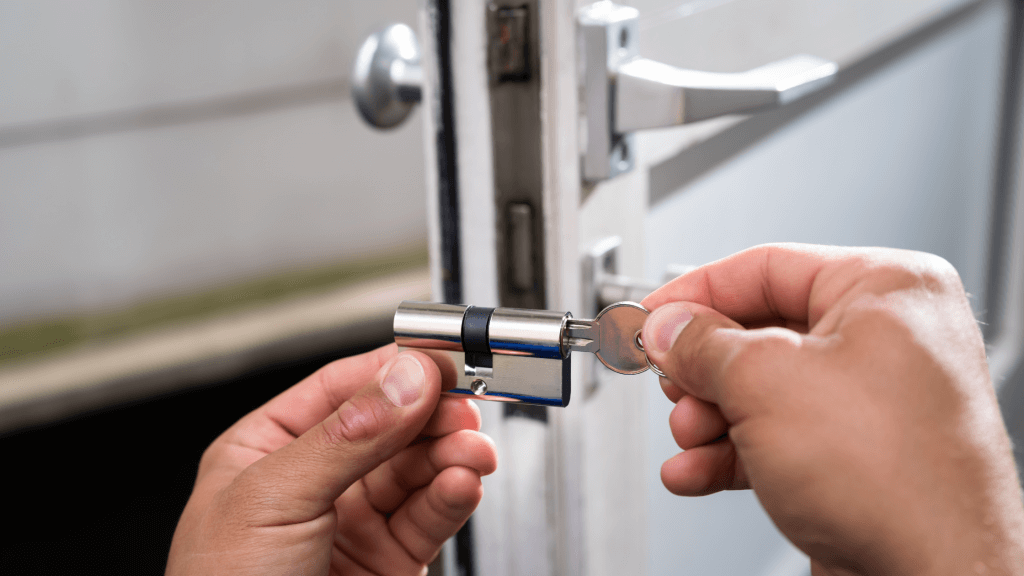
Best uPVC Locks for Home
For optimal home security with uPVC doors in the UK, look for euro cylinder locks that meet the British Standard BS3621, or even better, TS007 3-star rating. These standards indicate rigorous testing against common burglary techniques like lock picking, drilling, and snapping.
Look for features such as anti-snap, anti-pick, and anti-drill protection. Brands such as Yale, ERA, and Ultion are well-regarded for their high-security euro cylinders.
Multi-point locking systems, integrated into the uPVC door frame, also enhance security by securing the door at multiple points. These systems should have robust locking mechanisms and strong shoot bolts.
Combining a high-security euro cylinder with a multi-point locking system provides a formidable barrier against forced entry, making your uPVC door significantly more secure.
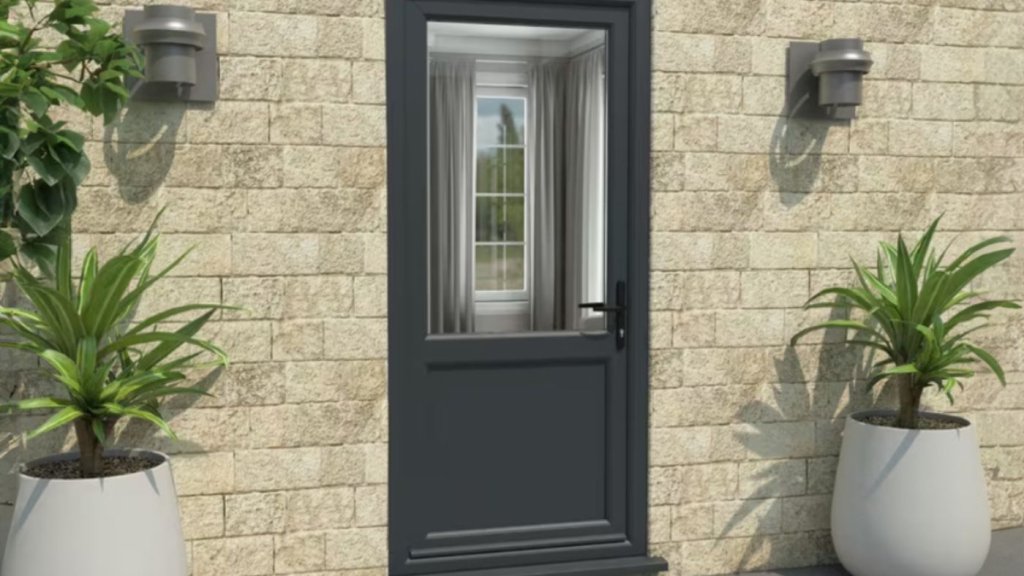
Most Secure uPVC Door Locks
When purchasing a new uPVC door lock it’s all about optimising security and making sure your lock is perfectly compatible with your door. But should you always buy British Standard locks? And how do locks affect home insurance? Let’s look at some important aspects you may not have considered…
British Standard Locks (BS3621)
These locks have undergone rigorous testing to resist forced entry techniques commonly used by burglars. They typically come with a “BS3621” mark on the body of the lock for easy identification. It’s important to note BS3621 certified locks do typically cost more than their non-certified counterparts.
Non-British Standard Locks
This encompasses a wide range of uPVC door locks that haven’t been BS3621 certified. While some may offer decent security, they haven’t been officially evaluated for strength against break-in attempts. Make sure you read online reviews or ask an expert before purchasing.
Security Needs
For external doors, prioritising a BS3621 certified lock is wise for maximum safety. For internal doors or low-security areas, a non-BS3621 lock might suffice.
Insurance Requirements
Some home insurance providers might offer discounts or require BS3621 certified locks on external doors. Check your policy details.
Ultimately, the choice depends on your individual needs and priorities. If you’re unsure, consult a qualified locksmith from the Master Locksmiths Association. They might be able to better assess your situation and recommend the most suitable lock for your uPVC door.

How much does it cost to change a lock on a uPVC door UK?
The cost of replacing a uPVC door lock depends on two main factors: the price of the lock itself and locksmith costs, if you hire a locksmith. Here’s a breakdown:
Standard Euro Cylinder
A basic model starts around £25.
Anti-Snap Euro Cylinder
Offers better security but costs more, ranging from £60 and upwards.
British Standard Locks
Certified for enhanced safety, costing £35 and above.
Remember, if you’re comfortable tackling the project yourself, you’ll only pay for the lock.
Find out more about UK locksmiths costs and the benefits of hiring one.

Replace uPVC Door Locks with Confidence
Now you know how to change uPVC door locks, you can keep your home safe and secure. By following these steps (and consulting with a certified locksmith if you need to) enjoy the peace of mind that comes with a secure and functioning uPVC door lock.
Learn more about the different types of door locks in our easy ready guide and see how to fix other common door issues fast. Plus get an insight into the benefits of smart home security technology for a safer feeling home.



